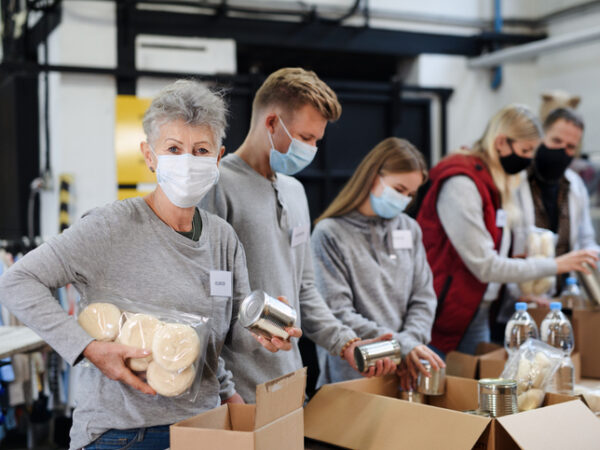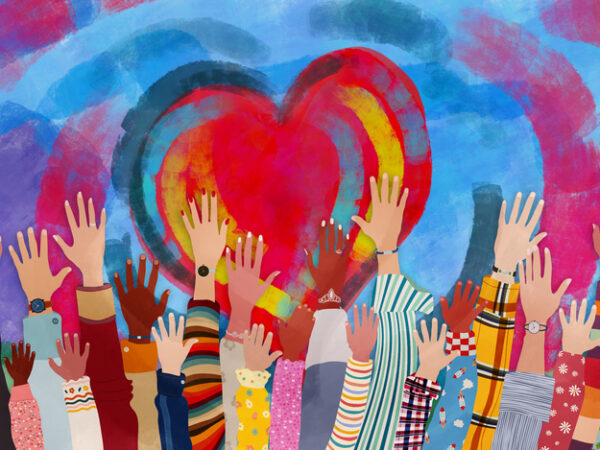Following weeks, possibly months, of social distancing, many people including older adults are taking baby steps towards a return to something resembling normal. Not disregarding the keeping of a six-foot distance while shopping, but perhaps visiting with grandchildren who have also been in isolation or having a few friends over for a bonfire with chairs spread further apart than usual. The time has come for many suffering from quarantine fatigue to start easing up on extreme distancing in order to protect their mental health.
A recent article in The Atlantic suggests that while going back to “normal” isn’t likely to happen anytime soon, at least until a safe vaccine is developed, there are ways to minimize risk while perhaps allowing immediate family or very close friends within your trusted circle. Keep up handwashing and sanitizing but for the sake of psychological well-being, it’s also vital to have a sense of community. With so much out of the control of the individual during the pandemic, including the economic impact, deciding how to safely re-enter society gradually will be the next great step. Completely abstaining from all social contact indefinitely probably isn’t a realistic or healthy lifestyle, but how we navigate the next phase will determine the spread of the virus.
The difficulty in this new phase of the COVID-19 pandemic is to balance risk mitigation with mental and financial health. The pressure to re-open businesses is tremendous but individuals can still make their own decisions about whether they are willing to risk infection by dining out, attending church or going to the pub. The decision to participate in public life will also depend on your age, your health and if you have any underlying health conditions.
What are some of the lower risk activities that people who are ready can begin? Small outdoor gatherings (fewer than 10 people) that allow for physical distancing could be a place to start for people who deeply need to leave their household and see friends or family members. Remember not to share food or drinks, practice good hygiene and if anyone feels sick, stay home.
Learn more about risk mitigation while regions prepare to open up for business by following this link to the White House Guidelines for Opening Up America Again.






Add Your Voice
0 Comments
Join the Discussion